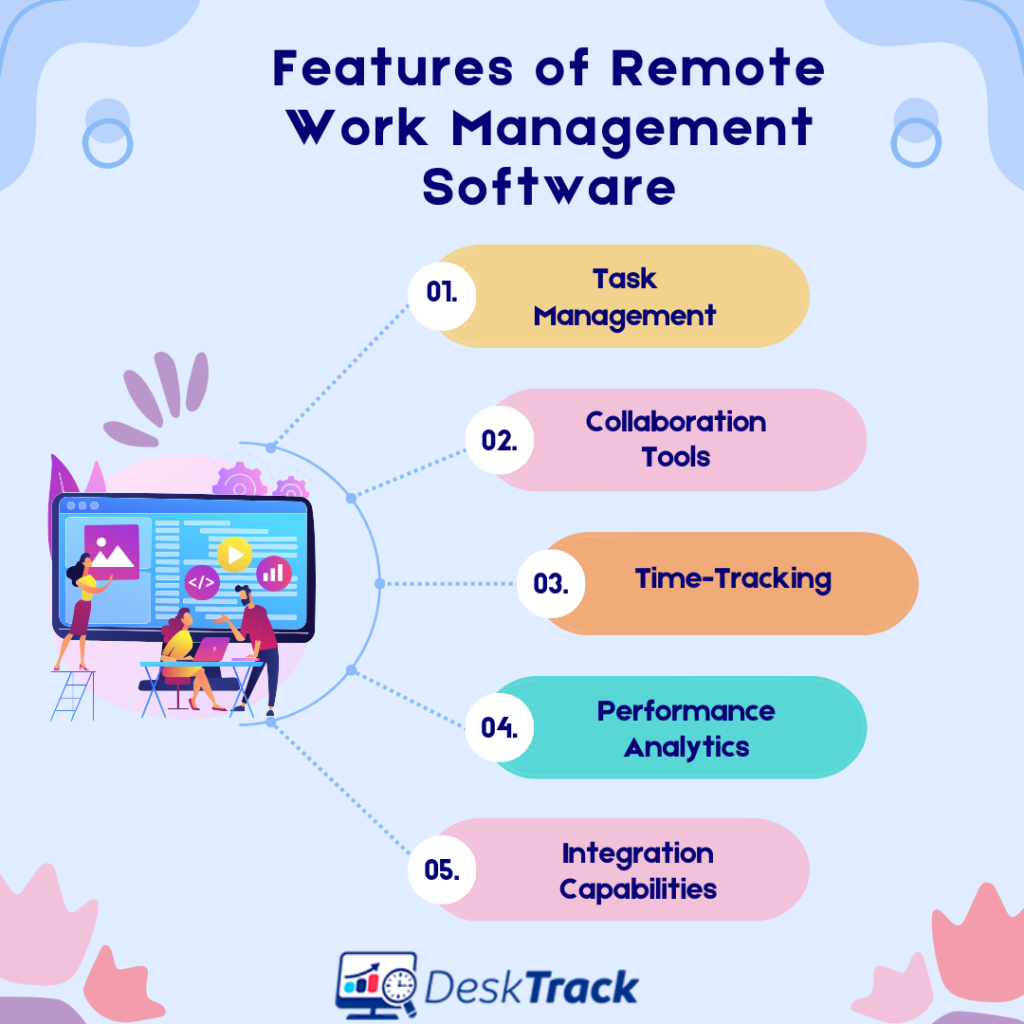Yibai Insights
Explore the latest trends, news, and insights from around the world.
Work from Anywhere: The Secret Sauce to Remote Collaboration
Unlock the secrets to seamless remote collaboration and discover how to thrive while working from anywhere!
Top Tools for Seamless Remote Collaboration: A Comprehensive Guide
In today's fast-paced digital landscape, having the right tools for seamless remote collaboration is crucial for teams looking to maintain productivity and efficiency. Whether you're working from home or connecting with global team members, the right software can bridge distances and facilitate better communication. Some of the top tools include Slack, which offers real-time messaging, file sharing, and integration with various applications, and Trello, known for its visual project management capabilities that help keep teams aligned on tasks and deadlines.
Another essential tool is Zoom, which has revolutionized video conferencing, enabling teams to hold discussions, workshops, and brainstorming sessions with ease. For file storage and collaborative document editing, platforms like Google Workspace and Microsoft Teams provide users with cloud access to documents while allowing simultaneous editing. By leveraging these tools, teams can ensure that virtual collaboration is not only effective but also enjoyable, enhancing creativity and fostering a sense of community among remote workers.

How to Build an Effective Remote Team Culture: Tips and Strategies
Building an effective remote team culture is essential for fostering collaboration and maintaining productivity. Start by establishing clear communication protocols. Utilize tools like Slack or Microsoft Teams to facilitate constant interaction, ensuring that team members feel connected, even from afar. Regularly scheduled video meetings can also help to strengthen relationships and promote transparency. In addition, encourage social interactions through virtual team-building activities, such as online games or coffee chats, to nurture camaraderie among team members.
Another crucial aspect of developing a successful remote team culture is defining shared values and goals. Create a set of core values that resonates with your team and fosters a sense of belonging and purpose. Consider incorporating the following strategies:
- Encourage feedback: Promote an open feedback culture that allows team members to express their thoughts.
- Recognize achievements: Celebrate milestones and individual contributions to boost morale and motivation.
- Provide growth opportunities: Invest in professional development to help team members advance their skills and career paths.
By prioritizing these elements, you can cultivate a thriving remote team culture that drives success.
What Are the Best Practices for Communication in a Remote Work Environment?
Effective communication is paramount in a remote work environment, where team members often operate from different locations, time zones, and schedules. To foster strong collaboration, teams should adopt best practices for communication that include utilizing various tools tailored for specific tasks. For instance, use video conferencing software like Zoom or Microsoft Teams for meetings to enhance personal connections, while relying on platforms like Slack or Microsoft Teams for quick messaging. Additionally, implementing regular check-ins or touchbase meetings can help maintain alignment and ensure everyone is on the same page.
Another key aspect of communicating effectively remotely is establishing clear guidelines and expectations. This could involve creating a communication charter that defines the preferred channels for different types of communications, response times, and etiquette. For example, using email for formal communications, while reserving instant messaging for urgent queries. Additionally, cultivating a culture of feedback encourages open dialogues and helps team members feel valued and heard. Remember, consistent and transparent communication not only boosts team morale but also enhances overall productivity in a remote work setting.